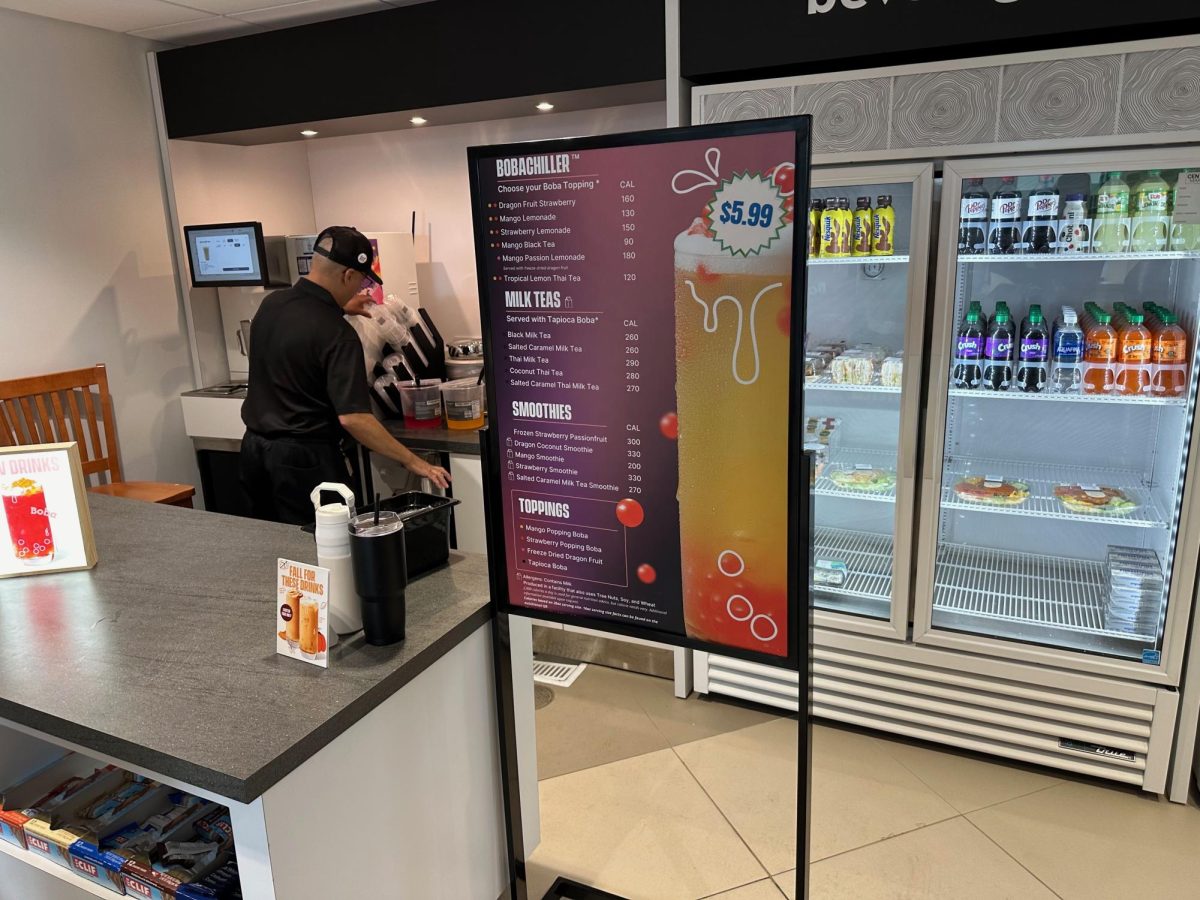By Terence Stewart
After two years in the making, the Counseling and Wellness Center has finally published “Helping Students in Distress,” its first guide that teaches faculty and staff how to respond to troubled students who pose a safety threat to themselves and other people.
The 33-page guide also provides information on more than 20 types of emotionally and psychologically distressed students, including depressed, suicidal or violent students, and step-by-step instructions on how to assist each type before their condition worsens.
According to Timothy Corbitt, the director of the Counseling and Wellness Center and the driving force behind the book, the idea to create “Helping Students in Distress” was sparked by the deadly shootings that occurred at Virginia Tech in2007.
Seung-Hui Cho, the Virginia Tech student responsible for killing 32 students and wounding many others, had a history of severe emotional and mental disorders.
“When [the Virginia Tech shooting] happened,” said Corbitt, “that caused campuses across the country to evaluate what we were doing and how we could better understand students and the warnings signs, and put together processes that would help to intervene early before a catastrophe or tragedy happens.”
Corbitt said the intervention process must include faculty and staff because they’re often the first individuals to get a glimpse of a troubled student. In addition, faculty and staff are often the first people distressed students reach out to for help.
Corbitt stressed that it’s important for faculty and staff to pay attention to the red flags.
According to Lucinda Roy, the former chair of Virginia Tech’s English department and Cho’s former tutor, the Virginia Tech massacre could have been prevented if administrators did not overlook the warning signs and the severity of Cho’s illnesses.
Although CCSU has not experienced anything similar to the Virgina Tech shooting, there have been high profile incidents in which professors responded to what they thought were warning signs of a troubled student.
Last year, Paula Anderson, a communication professor at CCSU, indirectly informed campus police after a student gave a supposedly unsettling presentation on why students and professors should be allowed to carry concealed firearms on campus.
Anderson told The Recorder it was her responsibility as a teacher to protect the well-being of students and the campus community at all times.
Students’ reaction to “Helping Students in Distress” has been positive so far.
“I think it’s a good idea that the school is taking proactive steps to help and protect students,” said Gabby Hanson, CCSU ‘13. “It shows that the university actually cares about them.”
Other students said they feel safe on campus and aren’t concerned about violence in or outside the classroom.
According to the most recent data from the U.S. Department of Education, CCSU maintains a safe campus by the numbers. There were no incidents of murder, manslaughter or aggravated assault at CCSU from 2005 to 2007.
Corbitt said the university is considering implementing a formal training session that teaches faculty and staff how to handle distressed students.
Copies of “Helping Students in Distress” will be distributed to all faculty and staff members in the next few weeks. There’s also an online version available on the Counseling and Wellness Center’s Web site.


